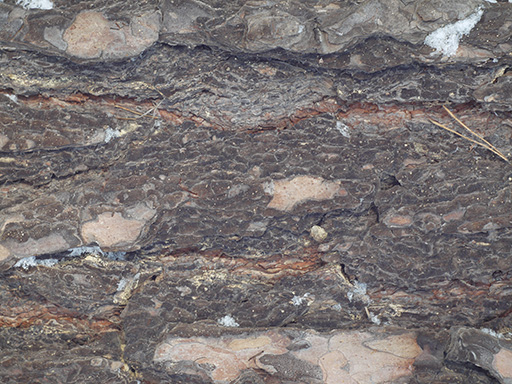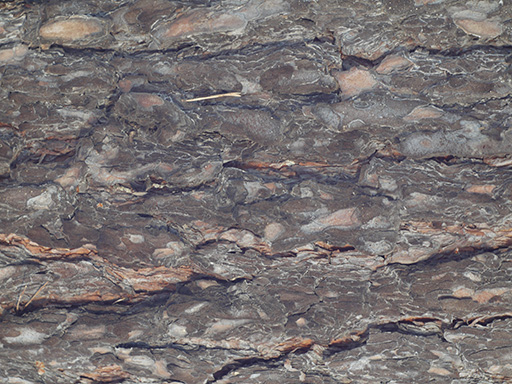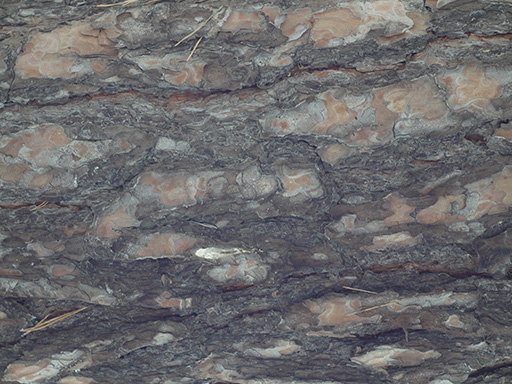
In Silurian and Devonian periods Earth was inhabited by placodermi ( from Greek words, that mean “plate skinned” ) fishes, their heads and necks and sometimes tail part was covered by bony armor plates. Most of them had no teeth and had only sharpened bony plates near their mouth. Most of them were seas bottom-dwellers, but there were giant carnivores among them, for example, dunkleosteus, which grew up to 11 meters in length and 4 tons in weight; these fishes ate other placodermi, mollusks and other marine animals ( dunkleosteus is thought to be first super-predator on Earth – predator, which hunted on other predators ). There were also plate-skinned fishes, which ate plankton, like modern day whales. In Silurian and Devonian periods placodermi inhabited most of ecological niches and that was their age in Earth’s history.
Plate-skinned fishes are first know organisms on Earth, that developed viviparity, and they are among the first animals, that had jaws. Many of fishes had bone plates rings in eyes, that protected them from damage and from high pressure of water. Their armor was adapted for protection and some species were so heavily armored, that their head looked like armored box with eyes. This shield was very heavy and most of placodermi lived near seas bottom, but there were also fishes with light and streamlined armors, that were able to swim at high speeds in paleozoic seas. First members of this family appeared on Earth at the beginning of Silurian period; at the end of Devonian period all placodermi were went extinct without leaving ancestors. Earlier it was thought, that this happened due to strong competition from bony fishes and first sharks, but new studies show, that they went extinct, due to ecological and climate changes, that were happened on Earth at the end of Devonian and beginning of Carboniferorus periods on Earth.



